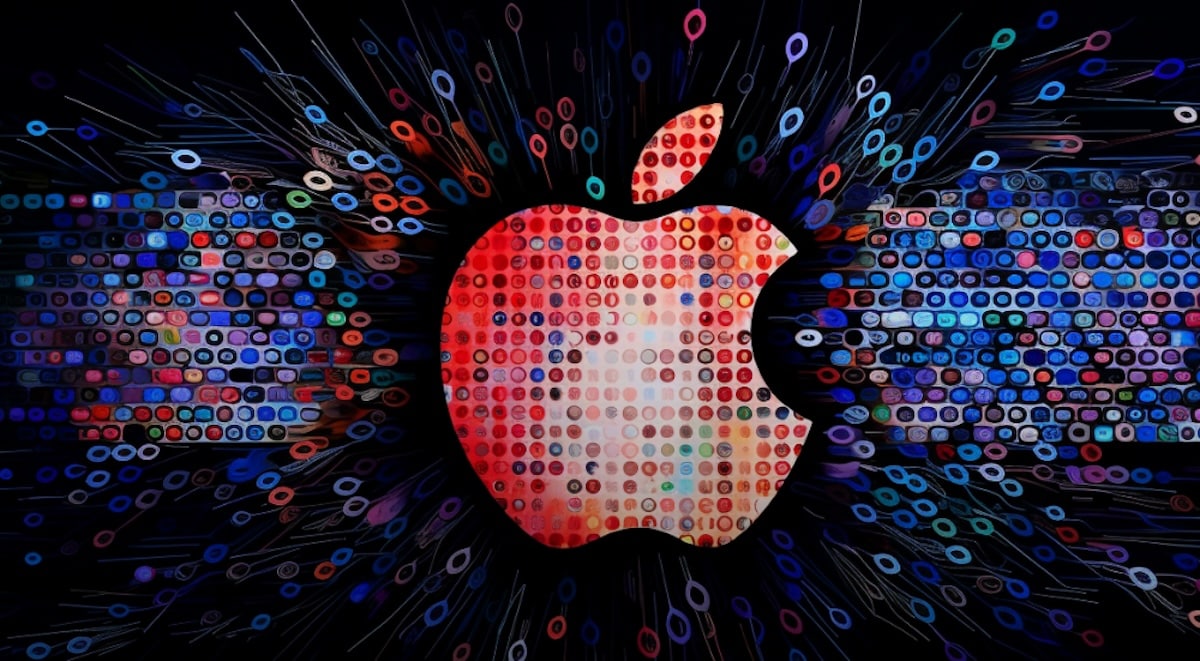Apple is entering the artificial intelligence race with its open source multimodal language model, Ferret. This model can understand and generate text, images, sounds and videos. It outperforms OpenAI’s GPT-4 in image analysis.
Apple is really getting into the artificial intelligence race with its open source multimodal language model (LLM), which goes by the name Ferret.
This language model is able to understand and generate text, as well as images, sounds and videos, such as Gemini, ChatGPT or Google Bard. It was presented in October by Zhe Gan, an artificial intelligence (AI) researcher at Apple, and has remained in the shadows until now.
Ferret is the result of a collaboration between Gan and his colleagues at Apple, as well as researchers at Columbia University. According to Gan, Ferret outperforms OpenAI’s GPT-4, the most advanced language model to date, at analyzing and describing small image areas, while producing fewer errors.
An AI trained with 8 Nvidia A100 GPUs
To train ferret, Apple used 8 Nvidia A100 GPUs, very powerful and very expensive graphics cards, equipped with 80 GB HBM2e Random Access Memory (RAM). The A100 does the most sought after GPU on the marketsince the rise of generative AI technology, which allows content to be created from scratch.
This technology was popularized by OpenAI’s ChatGPT, a chatbot that can communicate with people on any topic. The A100 can achieve 312 TeraFLOPS, a metric for computing speed, with an accuracy of Tensor Float 32, a data format used for AI calculations.
An AI that will soon appear on our smartphones?
Apple is only at the beginning of its generative AI journey with Ferret, but the goal is to make this language model compatible with smartphones. OpenAI’s GPT-4 is estimated to have more than 1 trillion parameters, that is, variables that determine how it works. However, smartphones can currently only manage LLMs with around 10 billion parameters.
To address this issue, Apple researchers also recently showed how you can use the smartphone’s built-in flash memory in addition to RAM to run larger models than would normally be possible on the device. In short, everything now indicates that the iPhone 16 will most likely benefit from a supercharged AI assistant.

